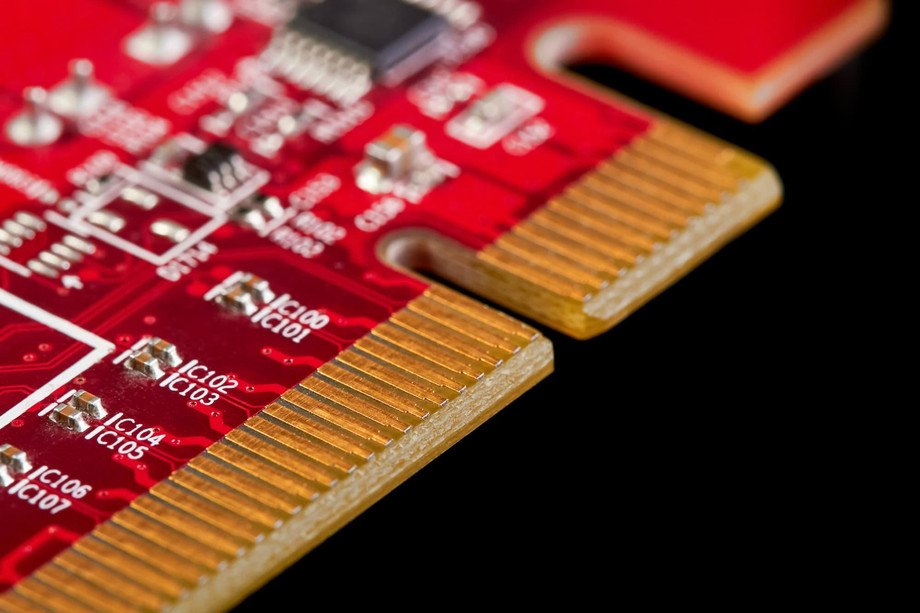The idea of smart houses is changing how we live in the current digital age. Cutting-edge embedded hardware solutions are driving this change and improving our living spaces' ease, security, and efficiency. Embedded hardware is the foundation of smart home automation, enabling everything from sophisticated security systems to automatic lighting and temperature management. In addition to providing insights into embedded system software and providing examples of embedded systems, this blog will examine the essential elements, advantages, and practical uses of embedded hardware in smart home automation.
The Role of Embedded Hardware in Smart Home Automation
Embedded hardware refers to the physical components designed to perform specific functions within a larger electronic system. In the context of smart homes, these components include sensors, microcontrollers, communication modules, and actuators, which work together to create an interconnected network of devices. The seamless integration of these components enables real-time monitoring, control, and automation of various home functions, making our lives more comfortable and efficient.
Key Components of Embedded Hardware in Smart Homes
-
Sensors: Sensors are the eyes and ears of a smart home system. They detect changes in the environment, such as temperature, humidity, motion, and light levels. For example, motion sensors can trigger lights to turn on when someone enters a room, enhancing both security and energy efficiency.
-
Microcontrollers: Microcontrollers act as the brain of an embedded system. They process data from sensors and execute commands to control other devices. In a smart home, microcontrollers can manage tasks like adjusting the thermostat, controlling smart locks, and managing energy usage.
-
Communication Modules: These components enable devices to communicate with each other and with a central hub or controller. Common communication protocols include Wi-Fi, Zigbee, Z-Wave, and Bluetooth. For instance, a smart thermostat can communicate with a smartphone app to allow remote temperature control.
-
Actuators: Actuators perform physical actions based on commands from the microcontroller. Examples include smart locks, motorized blinds, and automated lighting systems. These devices respond to user inputs or preset schedules to automate home functions.
Benefits of Embedded Hardware in Smart Home Automation
-
Enhanced Convenience: Smart home devices simplify everyday tasks. For example, automated lighting systems can adjust brightness based on the time of day, eliminating the need to manually switch lights on and off.
-
Improved Energy Efficiency: Embedded hardware enables precise control of home systems, reducing energy consumption. Smart thermostats, for instance, can learn user preferences and adjust heating or cooling to save energy while maintaining comfort.
-
Increased Security: Embedded hardware enhances home security through features like smart locks, surveillance cameras, and motion sensors. These devices can alert homeowners to potential intrusions and allow remote monitoring of the property.
-
Personalized Experiences: Smart home systems can be tailored to individual preferences. For example, a smart speaker can play music, provide weather updates, and control other devices based on voice commands.
Embedded System Software: The Heart of Smart Home Automation
While embedded hardware forms the foundation of smart home systems, embedded system software is equally important. This software enables communication, data processing, and control of hardware components, ensuring the seamless operation of smart devices. Let's explore the role of embedded system software and its integration with hardware.
The Role of Embedded System Software
Embedded system software is a specialized program designed to manage and control hardware components within an embedded system. It provides the logic and functionality required for devices to perform specific tasks. In smart homes, embedded system software performs several key functions:
-
Data Processing: The software processes data from sensors and makes decisions based on predefined algorithms. For example, it can analyze temperature data and adjust the thermostat to maintain a comfortable environment.
-
Device Communication: Embedded system software enables devices to communicate with each other and with a central hub. This communication is essential for coordinating actions and ensuring that all devices work together seamlessly.
-
User Interaction: The software provides interfaces for users to interact with smart devices. This can include smartphone apps, voice commands, and web-based dashboards, allowing users to monitor and control their home systems remotely.
-
Automation: Embedded system software enables automation of home functions based on user preferences and schedules. For instance, it can automatically lock doors at night or turn off lights when a room is unoccupied.
Examples of Embedded Systems in Smart Homes
Embedded systems are at the core of many smart home devices. Here are a few examples of how embedded systems are used in smart home automation:
-
Smart Thermostats: Smart thermostats use sensors to monitor temperature and occupancy, adjusting heating and cooling based on user preferences and schedules. They can also be controlled remotely via smartphone apps.
-
Smart Lighting: Embedded systems in smart lighting control brightness, color, and scheduling of lights. They can be integrated with motion sensors to provide automated lighting based on room occupancy.
-
Home Security Systems: Embedded systems power various security devices, including smart locks, surveillance cameras, and motion detectors. These devices communicate with each other and with a central hub to provide comprehensive home security.
-
Smart Appliances: Many modern appliances, such as refrigerators, washing machines, and ovens, incorporate embedded systems to offer advanced features like remote monitoring, energy efficiency, and automated operation.
Conclusion
Innovative embedded hardware solutions are revolutionizing smart home automation, making our living spaces more convenient, efficient, and secure. The integration of sensors, microcontrollers, communication modules, and actuators, along with powerful embedded system software, enables seamless control and automation of various home functions. As technology continues to advance, we can expect even more sophisticated and personalized smart home experiences, enhancing our quality of life and transforming the way we interact with our homes.
Smarter and more connected living spaces can be achieved by homeowners by utilizing embedded hardware and software to create intelligent environments that adapt to their needs and preferences.
To Know More About embedded hardware

